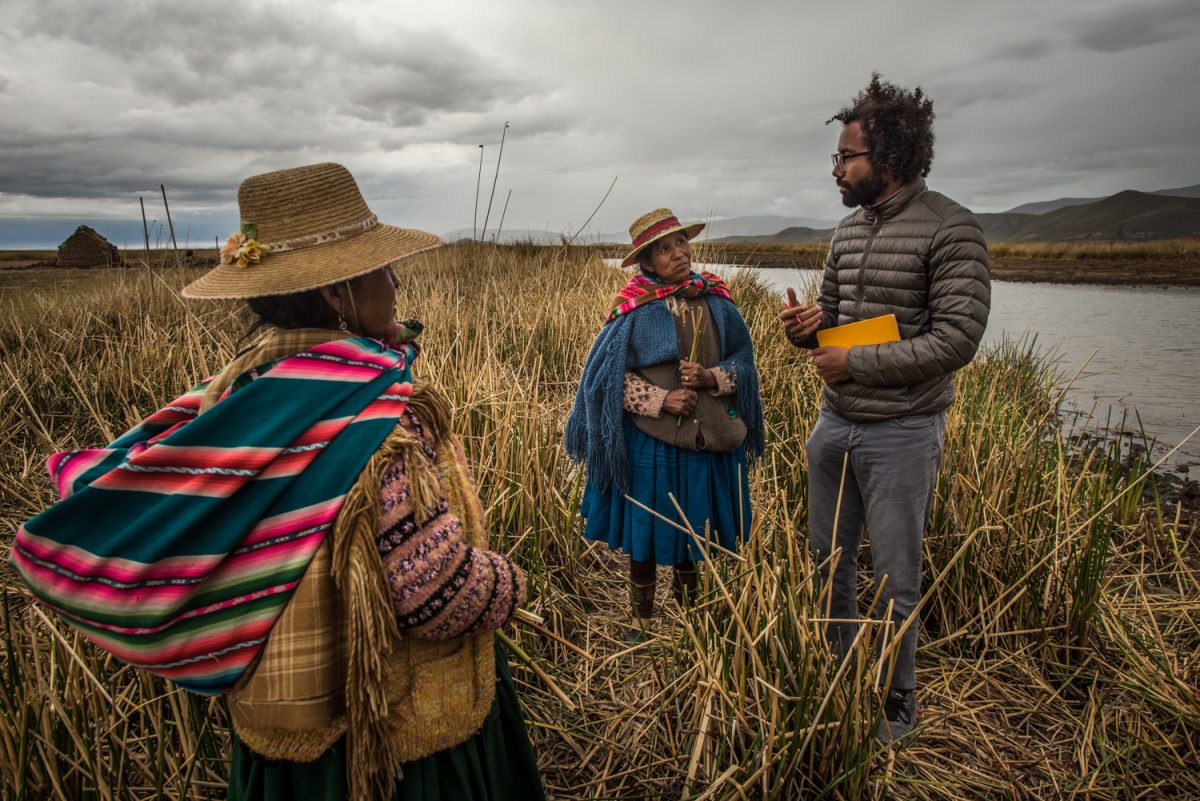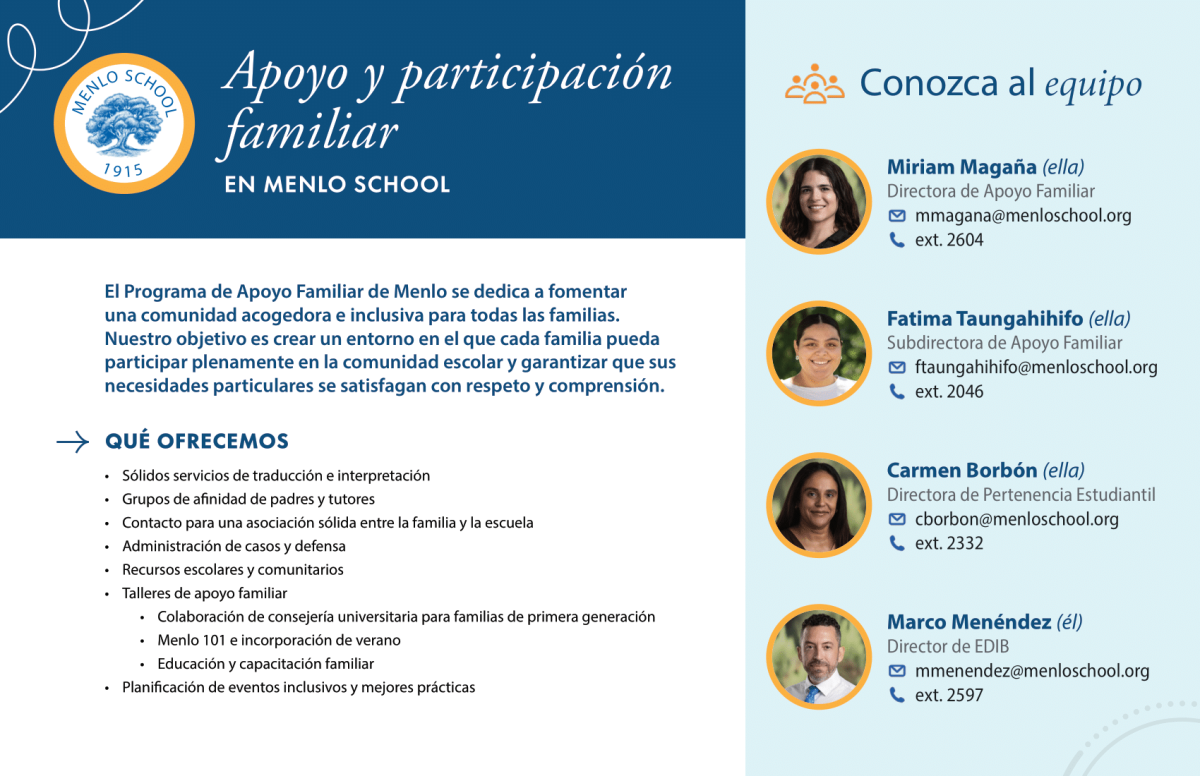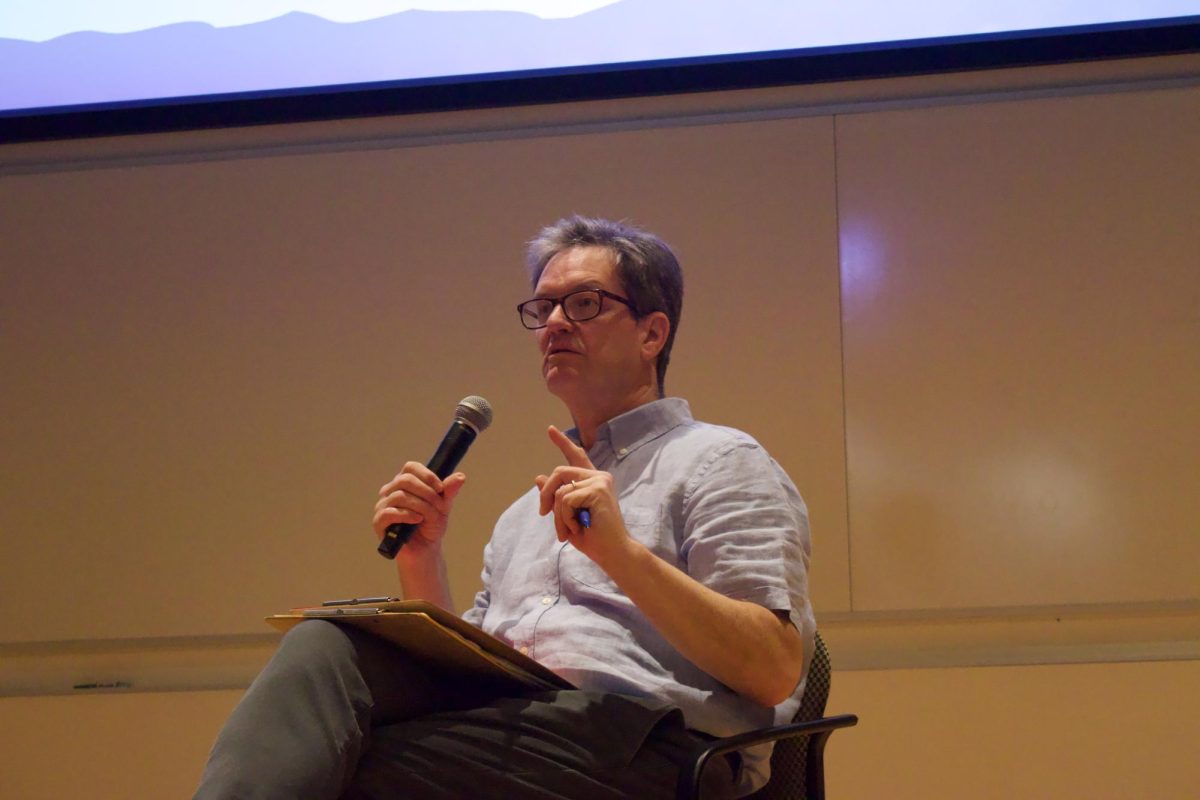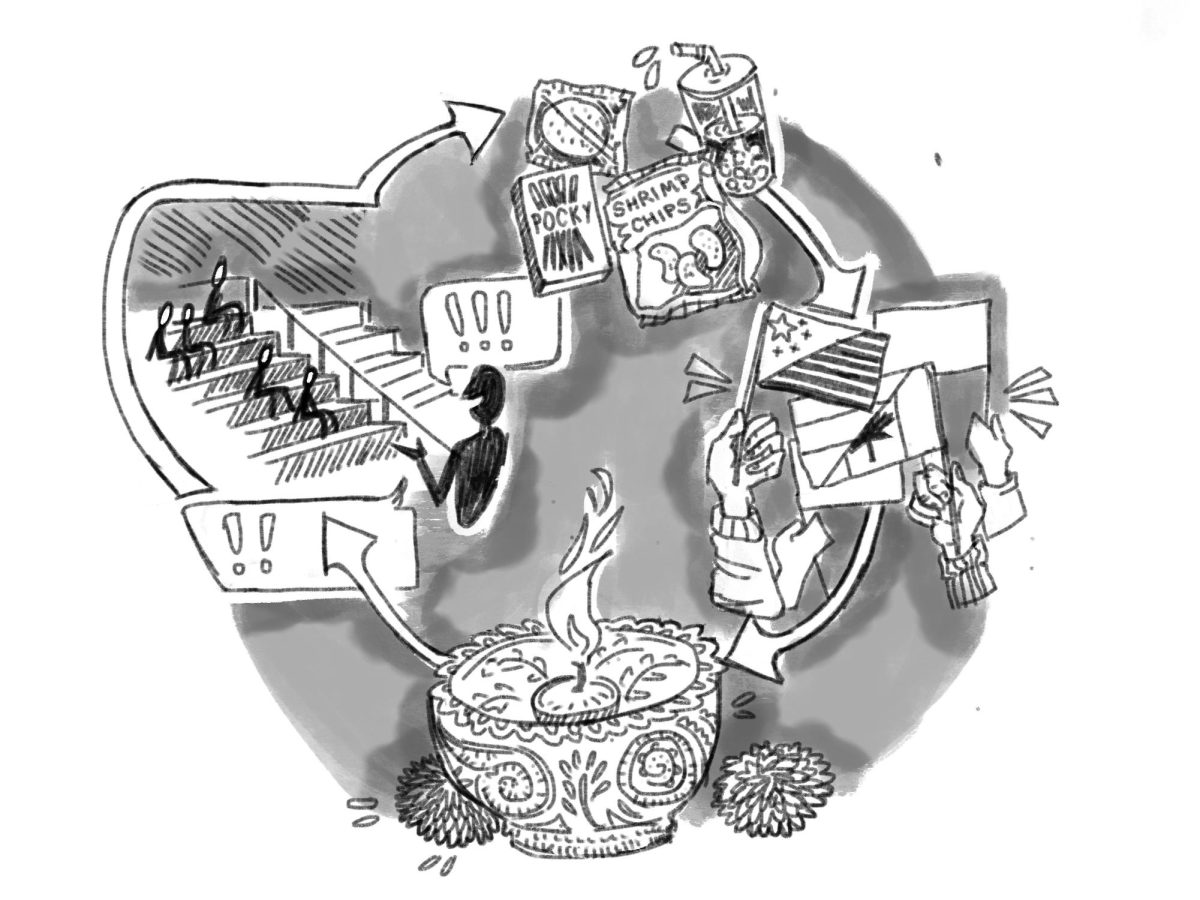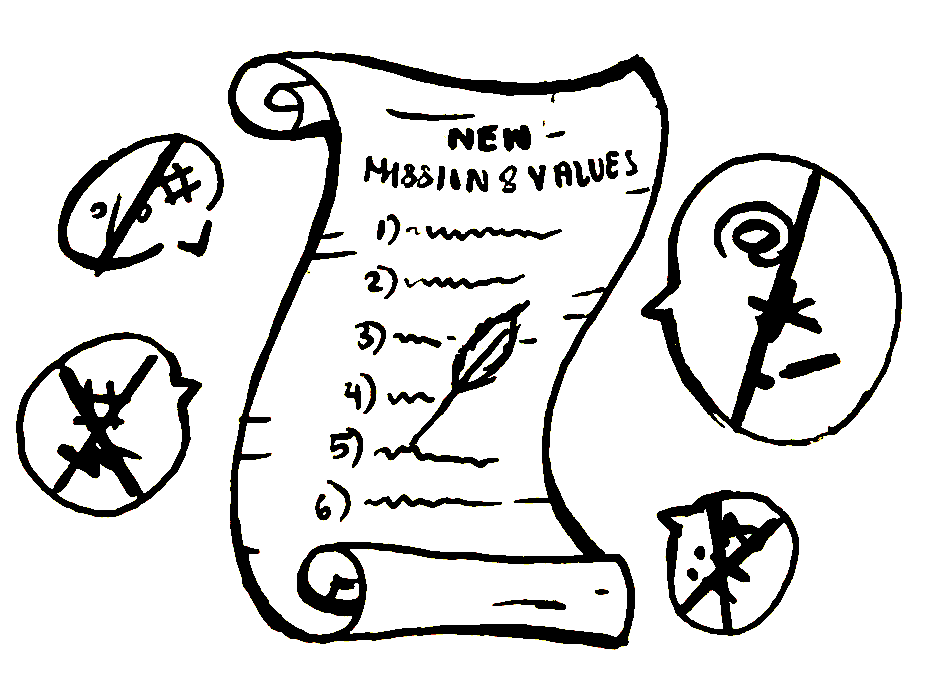What Nicholas Casey (‘01) vividly remembers about his time in Gaza was the “extreme human suffering.” As a foreign correspondent for the Wall Street Journal in 2014, the Menlo alum covered the last major war between Israel and Hamas, which lasted 50 days and claimed some 2,000 lives. “I saw many bodies of children in the morgue,” Casey recalled.
Seeing Hamas’ attack on Israel on Oct. 7, 2023 unfold from his home in Madrid, Spain, Casey was shocked. “I knew it was something that was really [going to] mark a before and after moment for the Israeli-Palestinian conflict, and that was just because of the numbers of people that had died,” Casey said. “I knew this was going to be catastrophic, not just for Israel, but also for people that were living in Gaza.”
Casey said he knew that an attack on Israeli civilians on this scale would provoke a strong retaliation, recalling his experience during the 2014 war. “There was one point where I went to report on a United Nations school where a lot of displaced Palestinians had been taking shelter, but despite this, it was hit — I think it was hit by Israeli artillery,” Casey said. “The thing which I remember the most was how terrifying it was for people when they had to flee their homes and they didn’t know whether they were going to die just like in an open
courtyard somewhere.”
When asked in a January interview with The Coat of Arms what he thought might happen in the region from here, Casey laid out three concerns he had. With recent American strikes on the Houthi rebels in Yemen and Iranian strikes on its neighbors, Casey said that the risks of a wider conflict are “big.” He also worries that the war will destroy most of Gaza’s buildings. “It could be likely that after this war ends that most of the Gaza Strip is completely uninhabitable,” Casey said.
Finally, Casey is concerned about the prospects of a two-state solution amidst fears in Israel about this solution rewarding Hamas for its attack. “There have been a lot of really good intentioned people that are just as smart as any of us that haven’t been able to figure out a solution to peace,” Casey said, recalling his time in the region. “[The war] could push that back many, many years.”
Casey graduated from Menlo in 2001 and Stanford in 2005, and he is now a writer for The New York Times Magazine.


